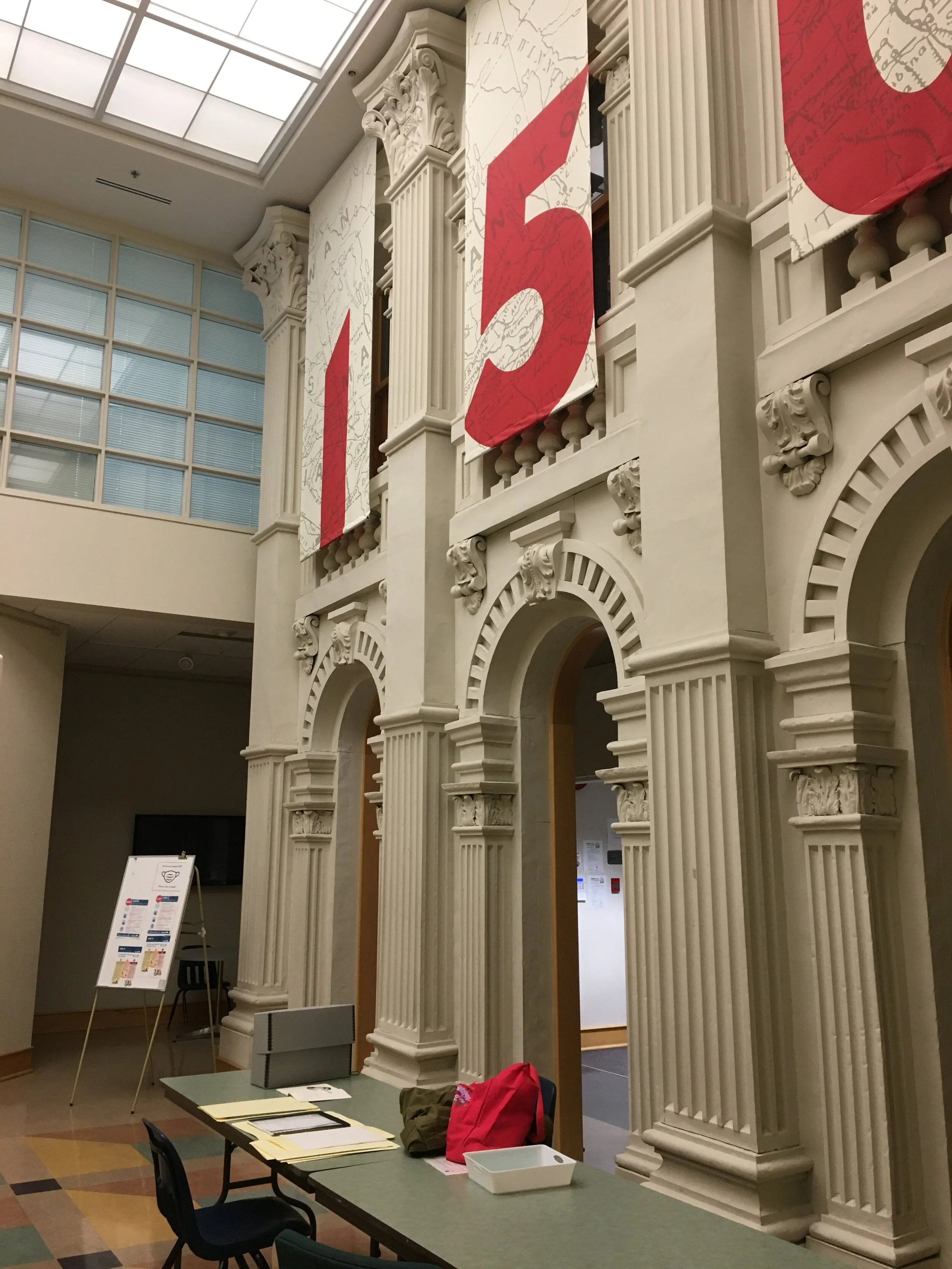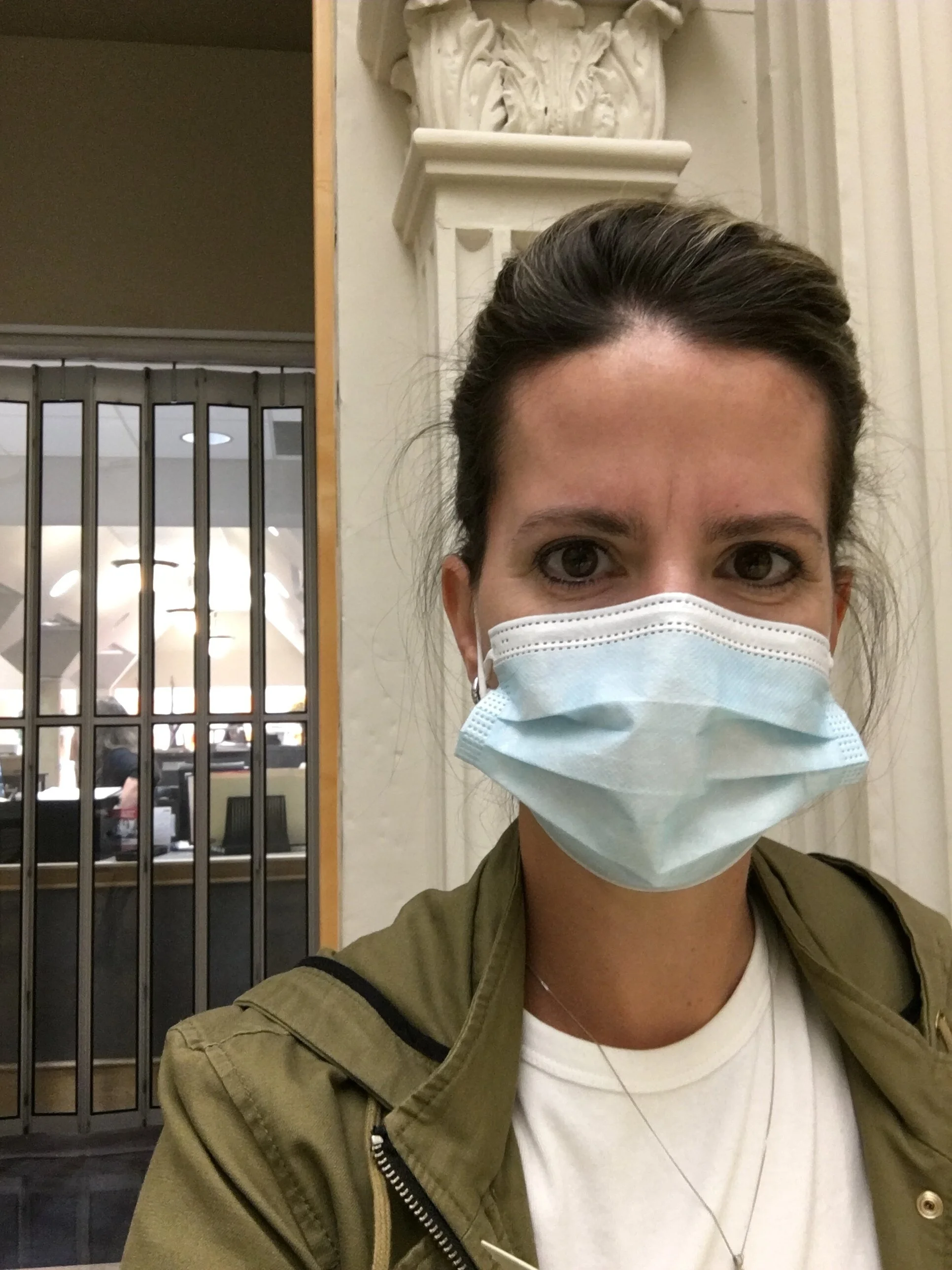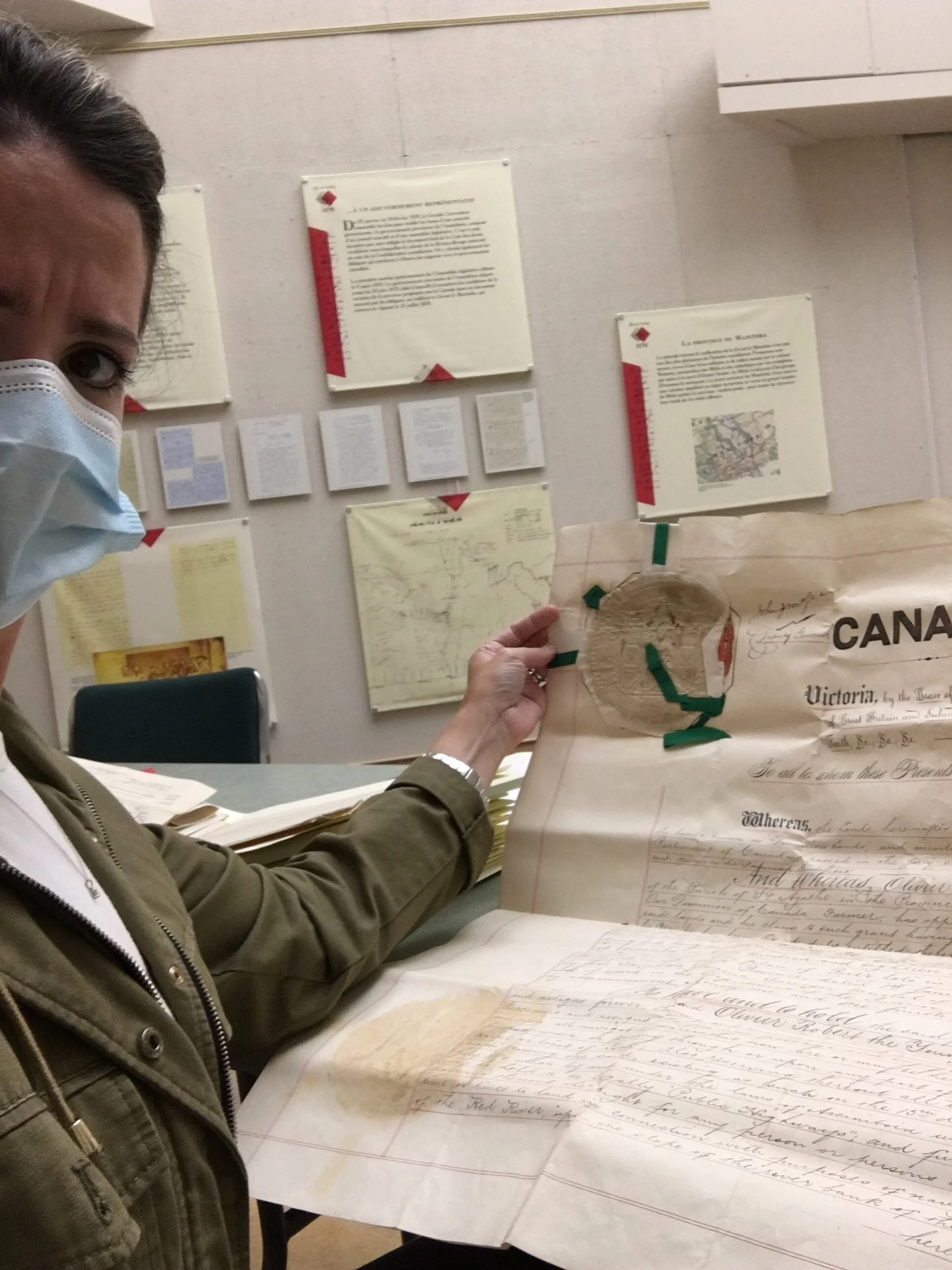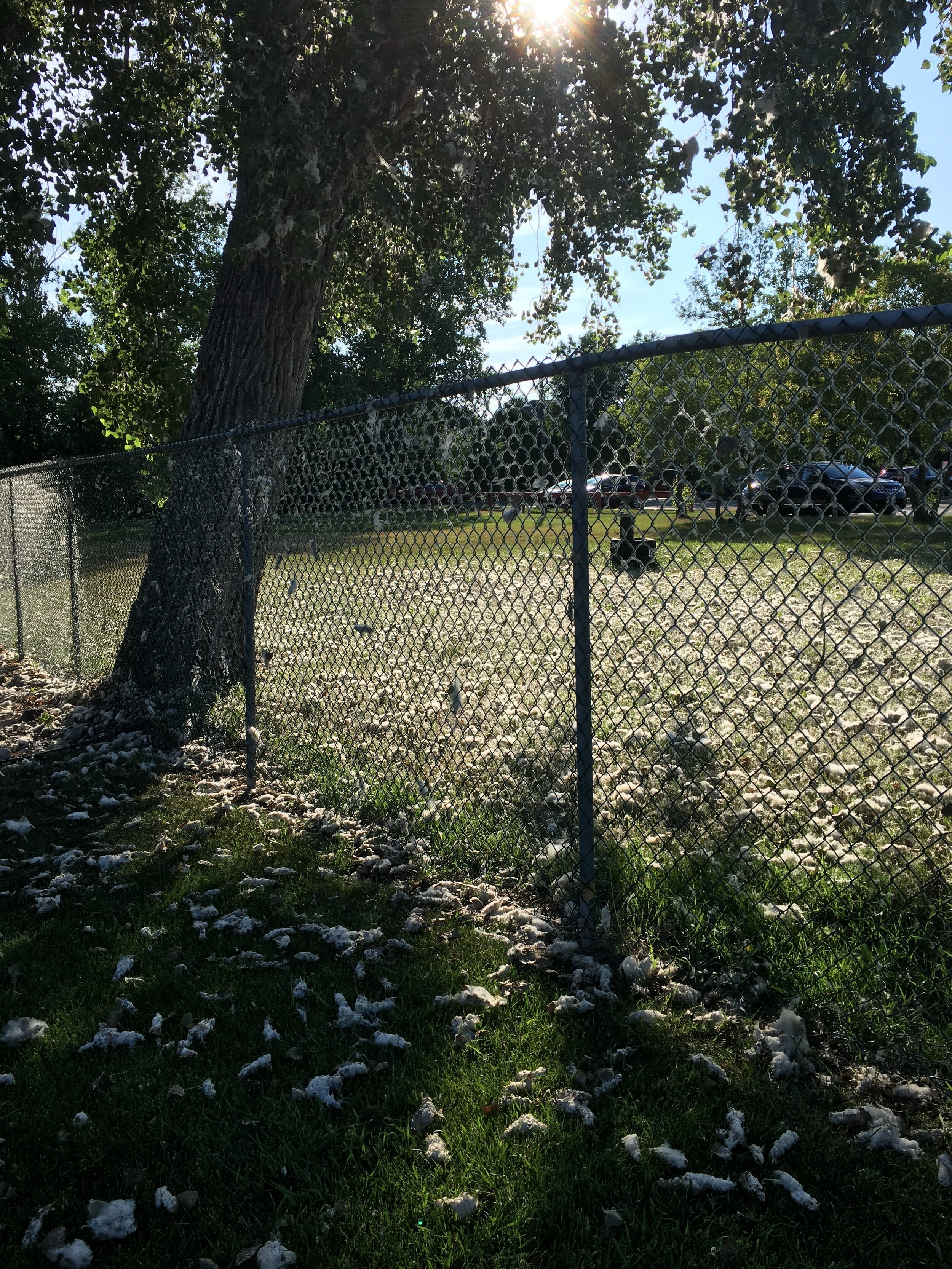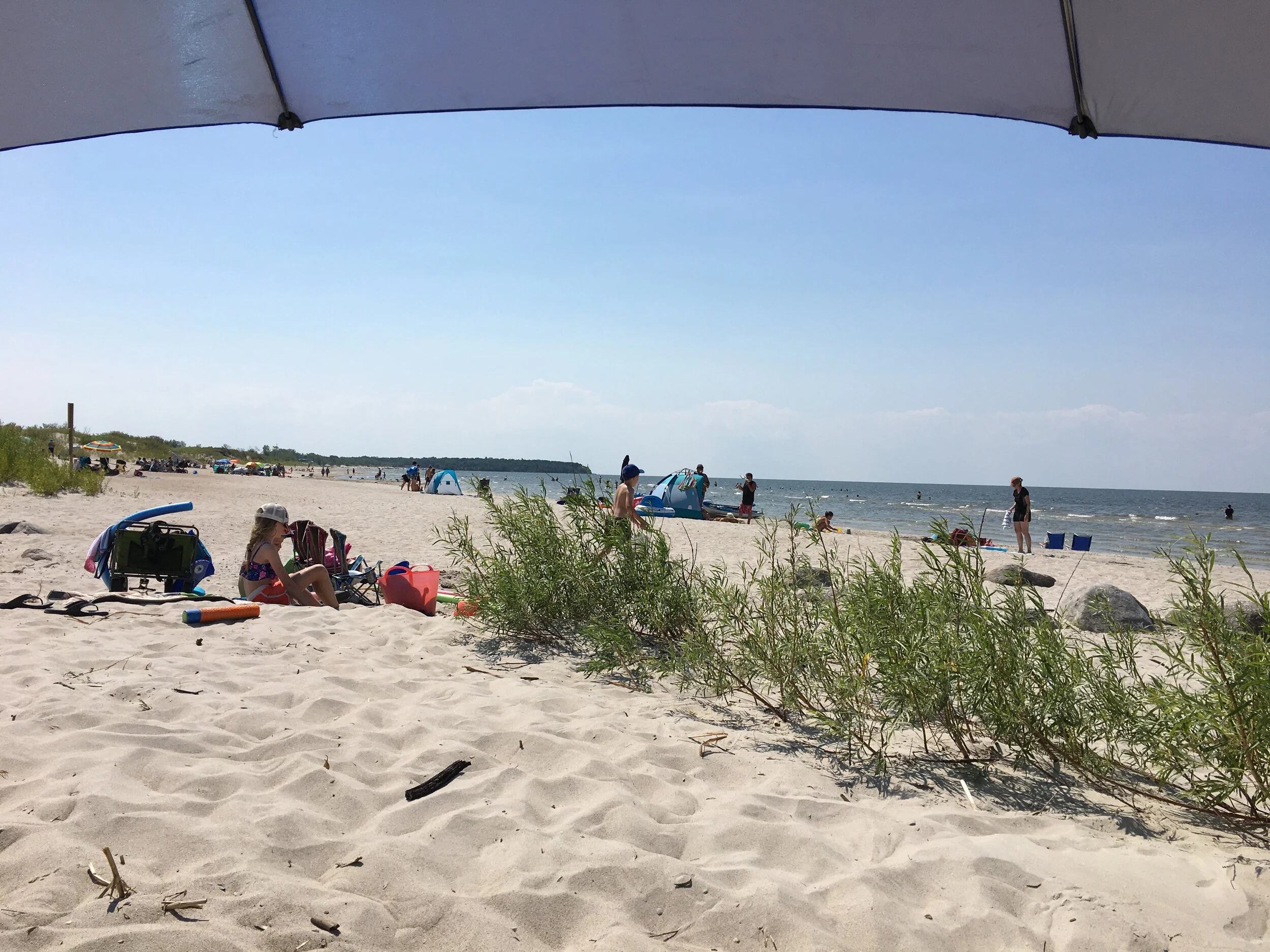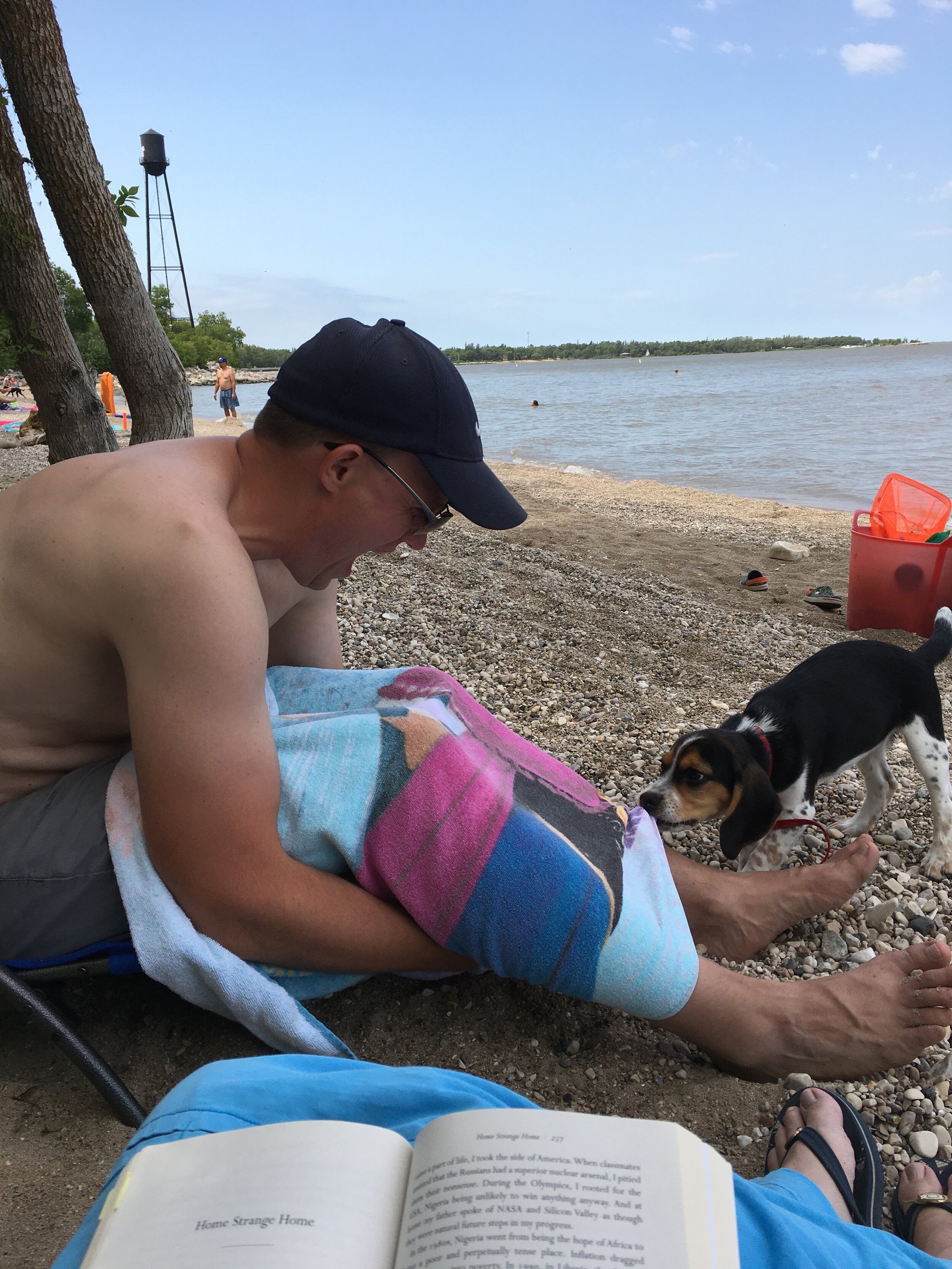How to begin: Francine Prose uses the opening scene from A Perfect Spy to demonstrate an example of how dialogue advances the plot. Indeed, the book has lots of dialogue, but often what made me smile were the broad-stroke descriptions of people and places.
Quotes: “Like many tyrants Miss Dubber was small. She was also old and powdery and lopsided, with a crooked back that rumpled her dressing-gown and made everything round her seem lopsided too.” (p 2)
“He’s the Pym who can’t rest till he’s touched the love in people, then can’t rest till he’s hacked his way out of it, the more drastically the better. The Pym who does nothing cynically, nothing without conviction. Who sets events in motion in order to become their victim, which he calls decision, and ties himself into pointless relationships, which he calls loyalty. Then waits for the next event to get him out of the last one, which he calls destiny. (…) It’s Pym the Saturday night juggler bounding round the table and spinning one stupid plate after another because he can’t beat to let anyone down for one second and so lose their esteem.” (p 186)
“She was gangly and wild and walked with her wrists turned inside out…” (p 273)
“It is night. It is Bern’s darkest winter. The city will never see day again.” (p 274)
“He was wounded again and sent back to Carlsbad where his mother was laid up with jaundice, so he put her on a cart with her possessions and pushed her to Dresden, a beautiful city that the Allies had recently bombed flat.” (p 278)
“Brotherhood had bathed and shaved and cut himself and put on a suit.” (p 288)
“At number 18 he paused and in the manner of a protective purchaser stood back and surveyed the house. Bach and a smell of breakfast issued from the ground-floor kitchen.” (p 289)
“He was tall but reassuringly unathletic.” (p 291)
“It’s like trying to nail a raindrop to the wall, I tell you.” (p 386)
“Sir Kenneth sat opposite him; his gaze was yellowed and unresponsive. Brotherhood had seen dead men whose eyes were more alive. His hands had fallen into his lap and one of them kept flipping like a beached fish.” (p 415)
“Syd Lemon was a tiny, thickset old man these days, dressed all in brown like a rabbit. His brown hair, without a fleck of grey, was parted down the centre of his skull. His brown tie had horses’ heads looking doubtfully at his heart. He wore a trim brown cardigan and pressed brown trousers and his brown toecaps shone like conkers. From amid a maze of sunbaked wrinkles two bright animal eyes shone merrily, though his breath came hard to him. He carried a blackthorn stick with a rubber fertile, and when he walked he swung his little hips like a skirt to get himself along.” (p 502)
“We didn’t have anybody who wasn’t himself a citizen of the secret world, blessed with the unlined innocence of privilege.” (p 528)
“What a match was celebrated! Priests of upper-class humility, the great church famed for its permanence and previous successes, the frugal reception in a tomblike Bayswater hotel, and there at the centre of the throng, our Prince Charming himself, chatting brilliantly to the crowned heads of suburbia.” (p 533)
“The countryside was Austrian and beautiful. Many barns lay beside many lakes.” (p 536)
Tangential: I read this book after listening to John Le Carré’s memoir, and somehow, I often still heard his voice in my head, narrating these passages. A Perfect Spy was made into a seven episode mini-series released in 1987 on the BBC.



